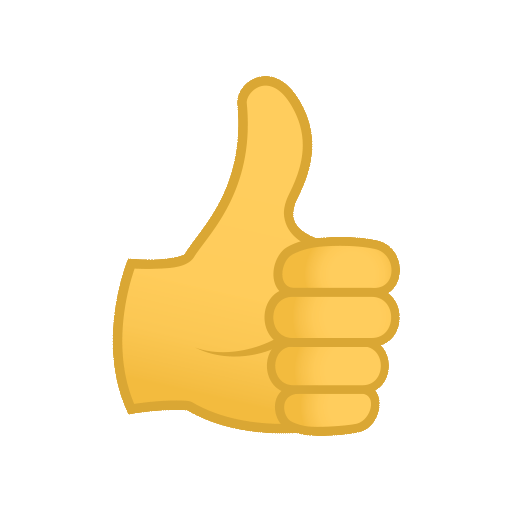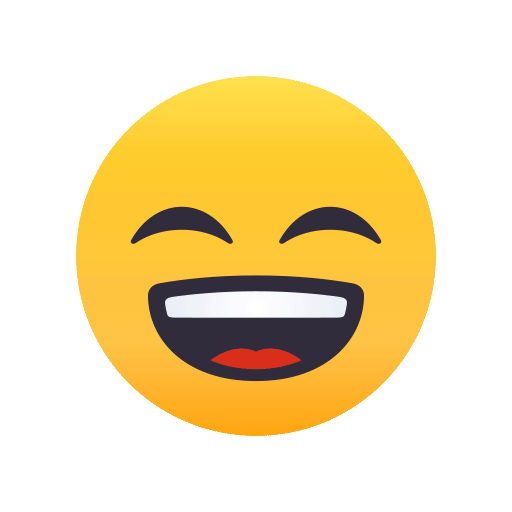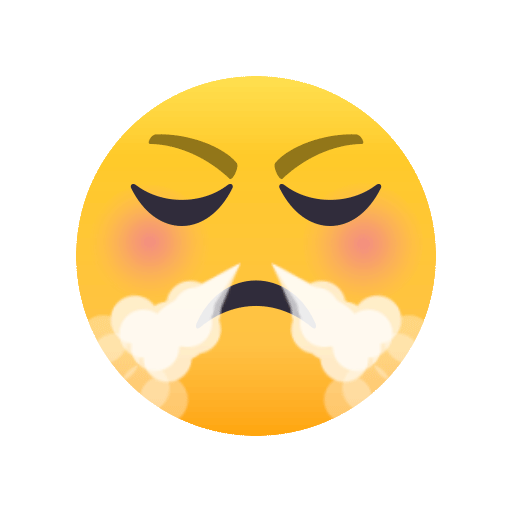Animation Technologies Abstract This post is from a paper i have written and is about the different keyframe animation, and motion capture animation systems used within the television, film and computer games industry. The paper looks at the positives and negatives with the two different animation and identify who uses what system and why. Animation Overview Animation has been a part of the entertainment since the Zoetrope. The Zoetrope was invented by Ting Huan in 180 AD and the Zoetrope is a device that is hung over a lamp and the device spins round making the images painted on the paper (mica) panels appear as if they are moving. In terms of traditional animation, the understanding thought of Cel animation is correct for this. Cel animation was dominating the American and European market during the mid 1910’s and 1928 Walt Disney released his first Movie starring Mickey Mouse called “Steamboat Willie”. Disney dominated the animation market for the next 60 years with their animated films, such as “Snow White”, “Alice in Wonderland” and “The Lion King” to name a few. 3D Animation is a digital way to animate a character, scenes and assets. 3D animation started in films in 1982 with the animation in Tron. The animation used in Tron was a landmark in digital animation, but it was a commercial failure as the film was appalling. Over the following 12 years, major points happened in 3D animation in film and they were Fluid Effects, Behaviour Modelling and Partical Effects. Then in 1995, Pixar released their first 3D Animation feature film being “Toy Story”. “Toy Story” is 79 minutes in length and took 3 years to make, with around 800,000 rendering hours needed to have the film ready to watch. Key Frame Animation Keyframe animation is the form of animation where an animator(s) put in chosen key points to make a series of movements. With the use of 3D software, it has made keyframe animation easier as the software fills in the in-between movement between keyframes, but the software can only work on bets guess and not what is necessarily right. An animator might want to add more keyframes into an animation to make a movement look and feel more realistic and flow. Depending on the type of movement depends on the number of required keyframes. This process of animating is slow, but it requires a high level of skill and understanding of movement to be able to achieve this successfully. On average, keyframe animators produce 2 – 3.5 seconds of animation a week that can be used commercially. For an animated feature, it is soon noted some of the reasons for working on a production for several years before it is released. There are a number of keyframe animation packages available on the market such as 3D Studio Max, Maya, Lightwave and Blender. These packages vary in there sophistication and cost. Blender is a freeware piece of software, widely available and used by both academic initiations and industry alike. 3D Studio Max and Maya are both owned and developed by Autodesk. Both of these Autodesk packages are sold with a large price tag and used mainly by high end TV, Film and Games companies from BBC, Pixar and EA. 3D Studio Max and Maya are high end pieces of software that can undertake almost any task required by the user or company. These two products have the ability of undertake realistic animation by the keyframing of the movements along with high resolution textures. Motion Capture Animation What mocap animation, what types of software are out there, who uses what and why. Optical motion capture is most common form of capturing movement for use within TV, film and computer games. Mechanical Magnetic












